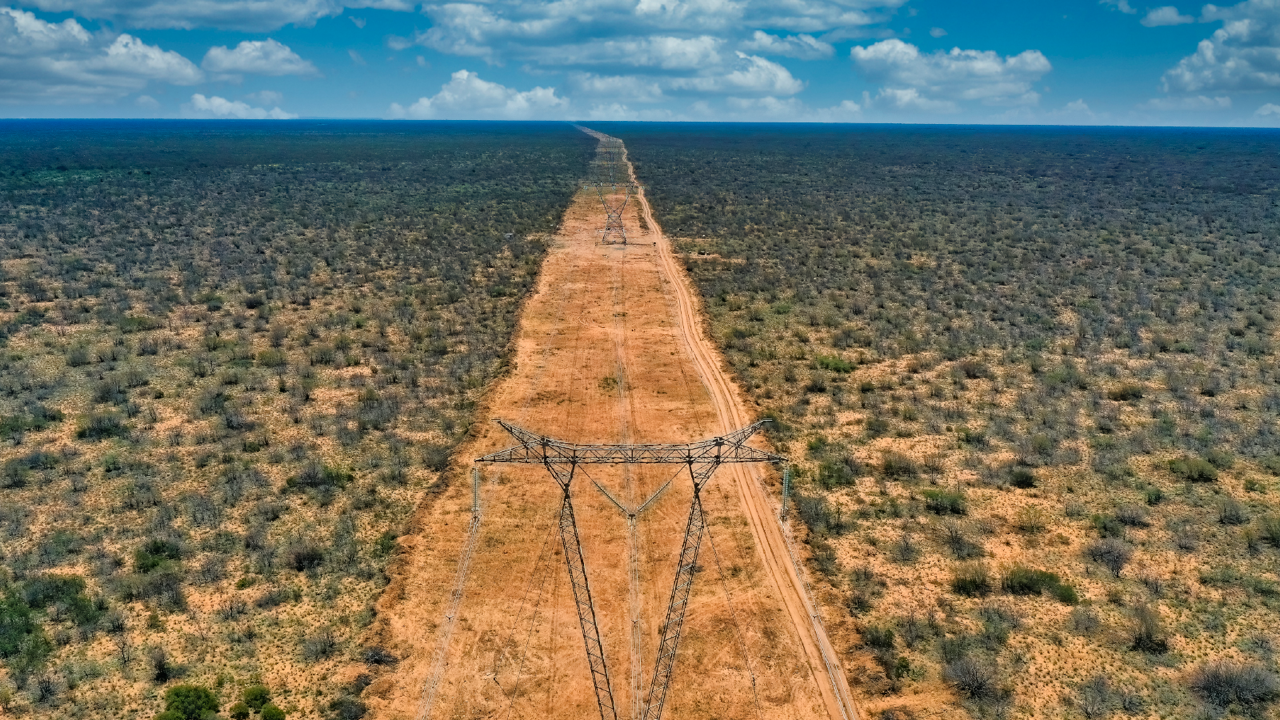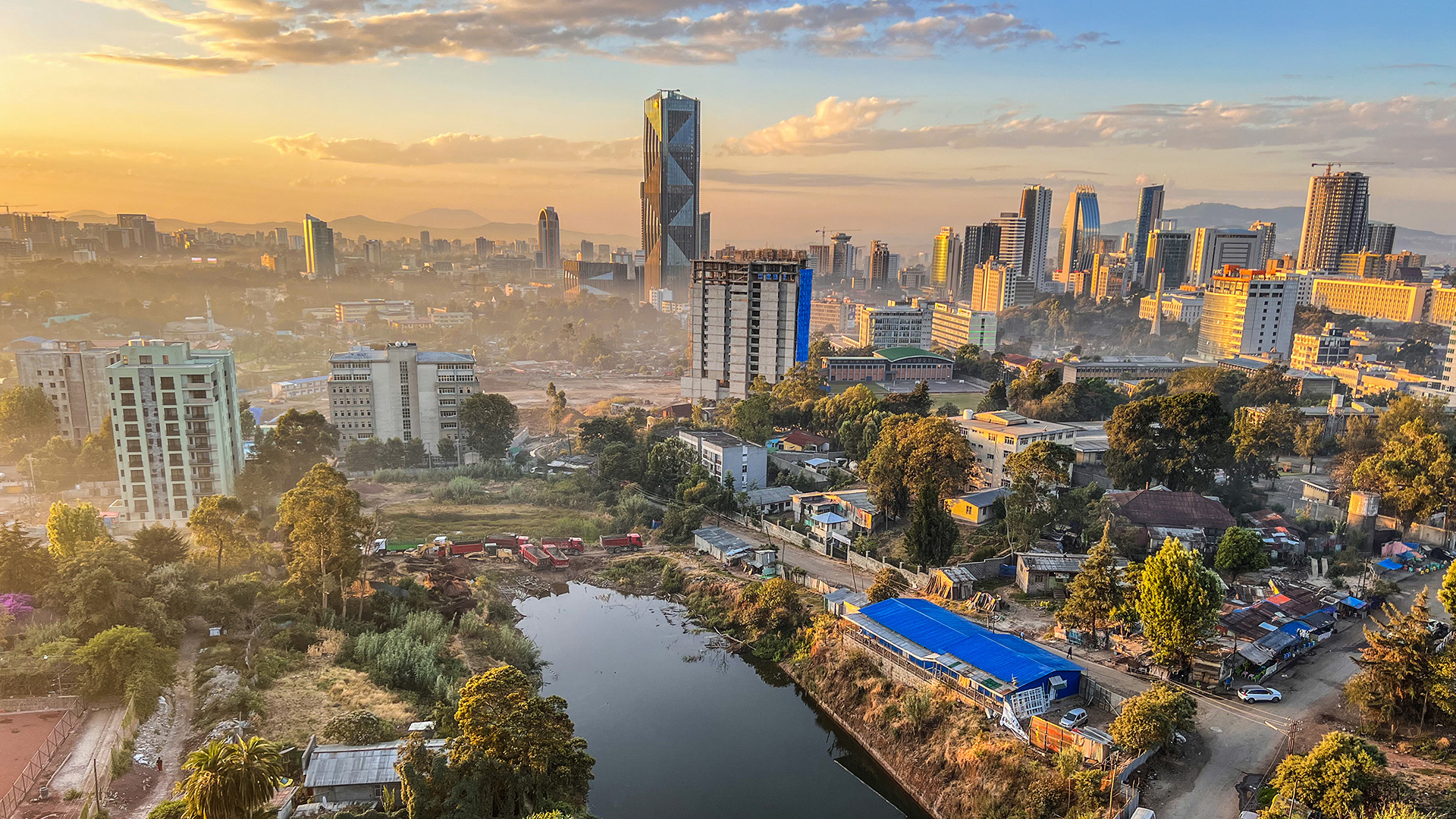The Opportunity for Digital Transformation in Africa’s Utility Sector


Africa’s utility sector is at a turning point. Today, many utilities struggle with financial losses, unreliable infrastructure, and outdated systems, but digitalisation offers a path forward. Tools like smart meters, AI-driven analytics, and digital platforms for managing energy flows can help utilities stabilise revenue, improve service reliability, and better integrate renewable power. By building smarter, more transparent systems, digital transformation has the potential to unlock investment, reduce losses, and deliver the reliable electricity needed for economic growth across the continent.
What makes this moment unique is Africa’s ability to leapfrog legacy systems and embrace modern, agile solutions from the start. Unlike developed markets weighed down by costly infrastructure upgrades, Africa has a “greenfield” opportunity to design utilities for the future — flexible, data-driven, and capable of orchestrating clean energy at scale. With the right focus and investment, digitalisation can power inclusive growth, strengthen climate resilience, and position Africa as a global leader in next-generation energy systems.
Read The Opportunity for Digital Transformation in Africa's Utility Sector by clicking the button below.
{{button}}
full article
Thank you! You can now enjoy the full article
Like what you see?
Sign up for our newsletter
Thanks for signing up. We can’t wait to keep in touch.



